Posted at 07:45h
in
Ceramic Foam Filter
by admin
Novelis Ceramics Foam filter used in aluminium casting
Novelis Ceramics Foam filter mainly used for filtering aluminum and aluminum alloys in foundries and cast houses. Due to their excellent heat resistance and corrosion resistance of molten aluminum, they can effectively eliminate inclusions, reduce the clamped gas and provide a laminar flow, and then the filtered Metal is much cleaner. A cleaner metal results in higher quality castings, less scrap and fewer inclusion defects, all of which contribute to bottom-line profits.
Advantage:
♦ Used to improve the quality of aluminum alloy and other non-ferrous alloy castings
♦ Improve the metallurgical structure
♦ Improve mechanical properties
♦ Change in turbulence in laminar flow
♦ The ambient filter is sealed with an expanded gasket. When the temperature is above 450 ° C, a 200% expansion of the gasket will occur to prevent floating and leakage of Liquid Aluminum through the interface.
♦ The filter can effectively remove large impurities in the molten aluminum and efficiently adsorb tiny impurities.
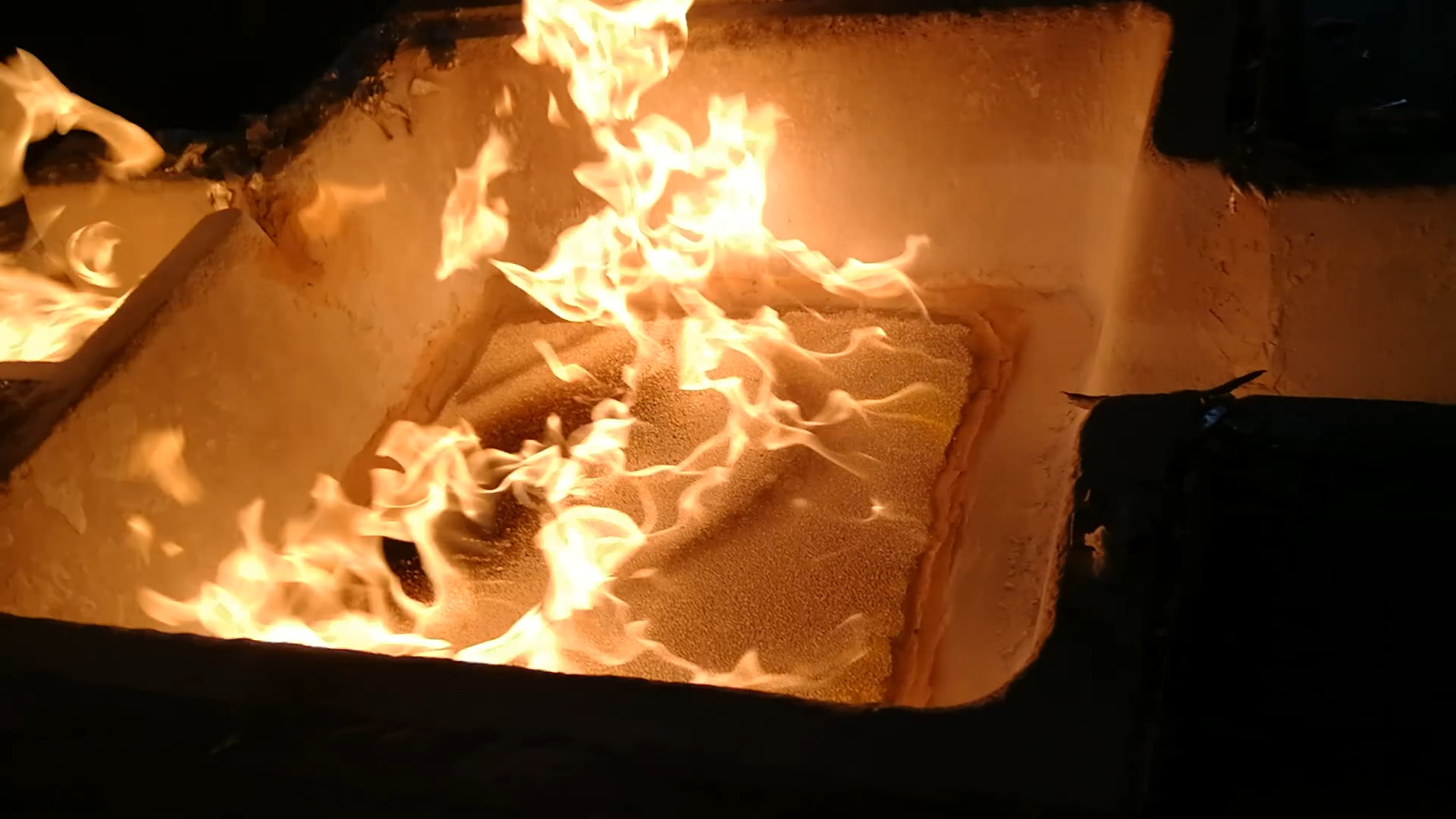
Functions
1. The disinfection of melting metal fluid
2. Simplified navigation system
3. Improving the metallurgical structure of castings
4. Reduce stealth castings
5. Improving casting quality
6. Reduction of internal defects of re-oxidation of castings
7. Reduce surface defects after processing castings
Performance and Applications
1. Filter-PAL filter is an alumina ceramic product with a three-dimensional network structure through high temperature sintering
2. High strength, erosion resistance, strong adsorption of impurities, can effectively remove tiny inclusions in molten aluminum
3. Widely used in aluminum foil roll casting blanks, production of aluminum and automotive hubs casting blanks
4. Higher applicability and cost-effectiveness
Information about the company
AdTech manufactures materials and provides services for high temperature filtration and purification with strong technical strength and control system. AdTech is located in Wen County, China, which covers an area of over 20 acres with 20,000 square meters of workshop and warehouse. AdTech serves customers from dozens of countries and regions, including China (China Aluminum Industry, Zhongwang China, Weiqiao, Midas), the Middle East (Bahrain aluminum, Dubai aluminum, Midal cables), Southeast Asia (metal press, GVA, Jindal,) and Europe (hydro, Rusal), etc. AdTech has established long-term relationships with a number of world-famous enterprises. AdTech is a global provider and provider of high-end online degassing and high-temperature filtration and material purification solutions for the high-precision aluminum foundry industry.
Questions and answers
1. Q: Are you a factory or a trading company?
A: we are a factory which was founded in 2012
2. Q: What are your main products?
A: We have been producing online degassing, filtration equipment, ceramic foam filter, hot casting materials, nozzle, Repair coating material and flow abroad for many years.
3. Q: How can you control the quality?
A: For each product processing, we have a complete quality control system for chemical composition and physical properties. After production, all products will be tested, and we have quality certificates with ISO9001 / ISO14001 / SGS.
4. Q: What payment term can you accept?
A: T / T or L / C
5. Q: How can I get samples?
A: We are honored to offer you samples.
6. Question: Does your company accept customization?
A: we accept OEM service.
7. Q: can we visit your company?
A: Yes, of course, you can visit our company.


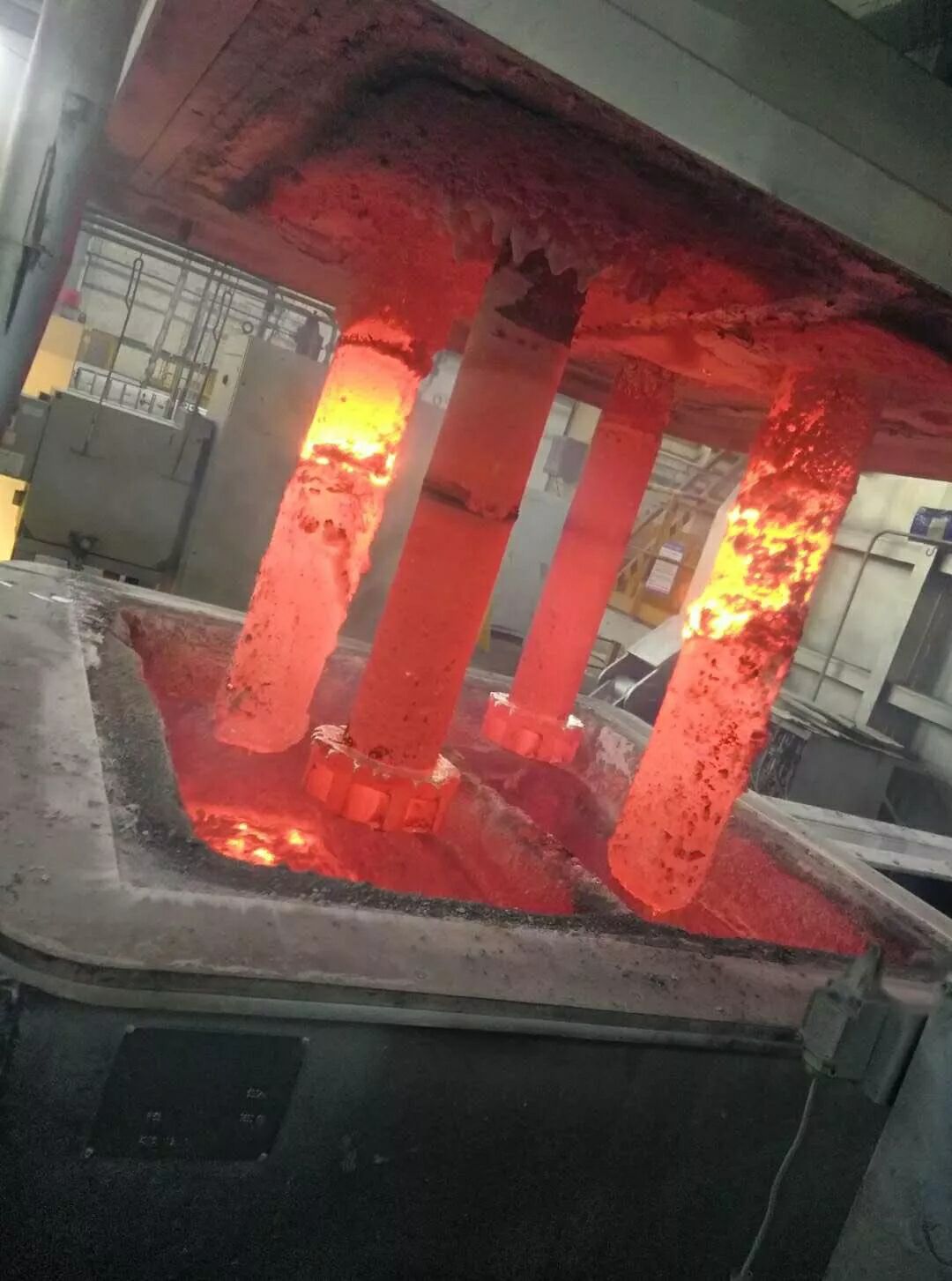 How the filter works.
There are three main mechanisms of the filtration process by which the filter removes inclusions from molten metal:
Filtration occurs through a combination of three mechanisms: filtering by sieving, filtering by increasing cake, filtering with a deep bed.
Screening is the mechanism by which particles remain on the surface of the filter, since they are larger than the openings of the filter.
Cake filtering occurs when inclusion particles are separated from the molten metal due to the development of a layer or cake (pre-deposited particles). The cake becomes thicker during the filtration process, causing the metal flow to slow down and stop completely over time.
In deep bed filtration, the retained solids are significantly smaller than the pores of the filter. Surface forces cause particles to adhere to the surface of the filter. This mechanism is especially effective with ceramic foam filters due to the tortuous flow path through the filter.
How the filter works.
There are three main mechanisms of the filtration process by which the filter removes inclusions from molten metal:
Filtration occurs through a combination of three mechanisms: filtering by sieving, filtering by increasing cake, filtering with a deep bed.
Screening is the mechanism by which particles remain on the surface of the filter, since they are larger than the openings of the filter.
Cake filtering occurs when inclusion particles are separated from the molten metal due to the development of a layer or cake (pre-deposited particles). The cake becomes thicker during the filtration process, causing the metal flow to slow down and stop completely over time.
In deep bed filtration, the retained solids are significantly smaller than the pores of the filter. Surface forces cause particles to adhere to the surface of the filter. This mechanism is especially effective with ceramic foam filters due to the tortuous flow path through the filter.
 Functions
1. The disinfection of melting metal fluid
2. Simplified navigation system
3. Improving the metallurgical structure of castings
4. Reduce stealth castings
5. Improving casting quality
6. Reduction of internal defects of re-oxidation of castings
7. Reduce surface defects after processing castings
Performance and Applications
1. Filter-PAL filter is an alumina ceramic product with a three-dimensional network structure through high temperature sintering
2. High strength, erosion resistance, strong adsorption of impurities, can effectively remove tiny inclusions in molten aluminum
3. Widely used in aluminum foil roll casting blanks, production of aluminum and automotive hubs casting blanks
4. Higher applicability and cost-effectiveness
Information about the company
AdTech manufactures materials and provides services for high temperature filtration and purification with strong technical strength and control system. AdTech is located in Wen County, China, which covers an area of over 20 acres with 20,000 square meters of workshop and warehouse. AdTech serves customers from dozens of countries and regions, including China (China Aluminum Industry, Zhongwang China, Weiqiao, Midas), the Middle East (Bahrain aluminum, Dubai aluminum, Midal cables), Southeast Asia (metal press, GVA, Jindal,) and Europe (hydro, Rusal), etc. AdTech has established long-term relationships with a number of world-famous enterprises. AdTech is a global provider and provider of high-end online degassing and high-temperature filtration and material purification solutions for the high-precision aluminum foundry industry.
Questions and answers
1. Q: Are you a factory or a trading company?
A: we are a factory which was founded in 2012
2. Q: What are your main products?
A: We have been producing online degassing, filtration equipment, ceramic foam filter, hot casting materials, nozzle, Repair coating material and flow abroad for many years.
3. Q: How can you control the quality?
A: For each product processing, we have a complete quality control system for chemical composition and physical properties. After production, all products will be tested, and we have quality certificates with ISO9001 / ISO14001 / SGS.
4. Q: What payment term can you accept?
A: T / T or L / C
5. Q: How can I get samples?
A: We are honored to offer you samples.
6. Question: Does your company accept customization?
A: we accept OEM service.
7. Q: can we visit your company?
A: Yes, of course, you can visit our company.
Functions
1. The disinfection of melting metal fluid
2. Simplified navigation system
3. Improving the metallurgical structure of castings
4. Reduce stealth castings
5. Improving casting quality
6. Reduction of internal defects of re-oxidation of castings
7. Reduce surface defects after processing castings
Performance and Applications
1. Filter-PAL filter is an alumina ceramic product with a three-dimensional network structure through high temperature sintering
2. High strength, erosion resistance, strong adsorption of impurities, can effectively remove tiny inclusions in molten aluminum
3. Widely used in aluminum foil roll casting blanks, production of aluminum and automotive hubs casting blanks
4. Higher applicability and cost-effectiveness
Information about the company
AdTech manufactures materials and provides services for high temperature filtration and purification with strong technical strength and control system. AdTech is located in Wen County, China, which covers an area of over 20 acres with 20,000 square meters of workshop and warehouse. AdTech serves customers from dozens of countries and regions, including China (China Aluminum Industry, Zhongwang China, Weiqiao, Midas), the Middle East (Bahrain aluminum, Dubai aluminum, Midal cables), Southeast Asia (metal press, GVA, Jindal,) and Europe (hydro, Rusal), etc. AdTech has established long-term relationships with a number of world-famous enterprises. AdTech is a global provider and provider of high-end online degassing and high-temperature filtration and material purification solutions for the high-precision aluminum foundry industry.
Questions and answers
1. Q: Are you a factory or a trading company?
A: we are a factory which was founded in 2012
2. Q: What are your main products?
A: We have been producing online degassing, filtration equipment, ceramic foam filter, hot casting materials, nozzle, Repair coating material and flow abroad for many years.
3. Q: How can you control the quality?
A: For each product processing, we have a complete quality control system for chemical composition and physical properties. After production, all products will be tested, and we have quality certificates with ISO9001 / ISO14001 / SGS.
4. Q: What payment term can you accept?
A: T / T or L / C
5. Q: How can I get samples?
A: We are honored to offer you samples.
6. Question: Does your company accept customization?
A: we accept OEM service.
7. Q: can we visit your company?
A: Yes, of course, you can visit our company.
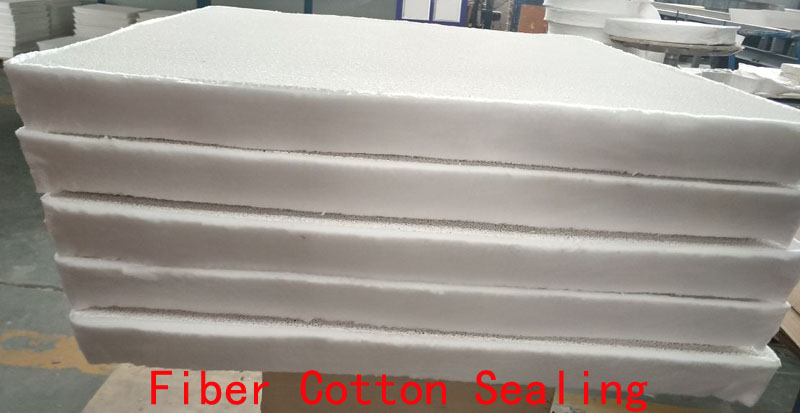 In filters, polyurethane foam is used as a matrix, which allows to prolong the procedure by catalysis. To this end, the foam is treated with a special ceramic suspension, after which it is dried. Billets with different geometric shapes are supplied to special equipment in which the polyurethane foam matrix burns, leaving the base of the cellular type of finished ceramic products.
The mesh structure of the ceramic foam filters ensures reliable disposal of impurities. Productive filtration can be achieved even under conditions of impressive metallostatic pressure. Ceramic foam filters cannot be dispensed with during both primary and secondary melting processes. They are also installed in aluminum smelting units.
The main functions of foam filters include:
Purification of molten compounds from additives of metallic as well as non-metallic nature.
Reducing the number of oxides.
Increased fluidity of the material.
Get rid of various flaws in the metal.
Improving the quality of casting due to changes in mechanical parameters.
The unique mesh structure of filters created from polyurethane foam, they are highly effective in performing filtration, when compared with other filters involved in the foundry sector.
Ceramic foam filters demonstrate a high level of resistance to the influence of high temperature conditions, they easily absorb molten metal substances. Due to the excellent strength properties, such products can be used even without mounting auxiliary metal screens.
In filters, polyurethane foam is used as a matrix, which allows to prolong the procedure by catalysis. To this end, the foam is treated with a special ceramic suspension, after which it is dried. Billets with different geometric shapes are supplied to special equipment in which the polyurethane foam matrix burns, leaving the base of the cellular type of finished ceramic products.
The mesh structure of the ceramic foam filters ensures reliable disposal of impurities. Productive filtration can be achieved even under conditions of impressive metallostatic pressure. Ceramic foam filters cannot be dispensed with during both primary and secondary melting processes. They are also installed in aluminum smelting units.
The main functions of foam filters include:
Purification of molten compounds from additives of metallic as well as non-metallic nature.
Reducing the number of oxides.
Increased fluidity of the material.
Get rid of various flaws in the metal.
Improving the quality of casting due to changes in mechanical parameters.
The unique mesh structure of filters created from polyurethane foam, they are highly effective in performing filtration, when compared with other filters involved in the foundry sector.
Ceramic foam filters demonstrate a high level of resistance to the influence of high temperature conditions, they easily absorb molten metal substances. Due to the excellent strength properties, such products can be used even without mounting auxiliary metal screens.
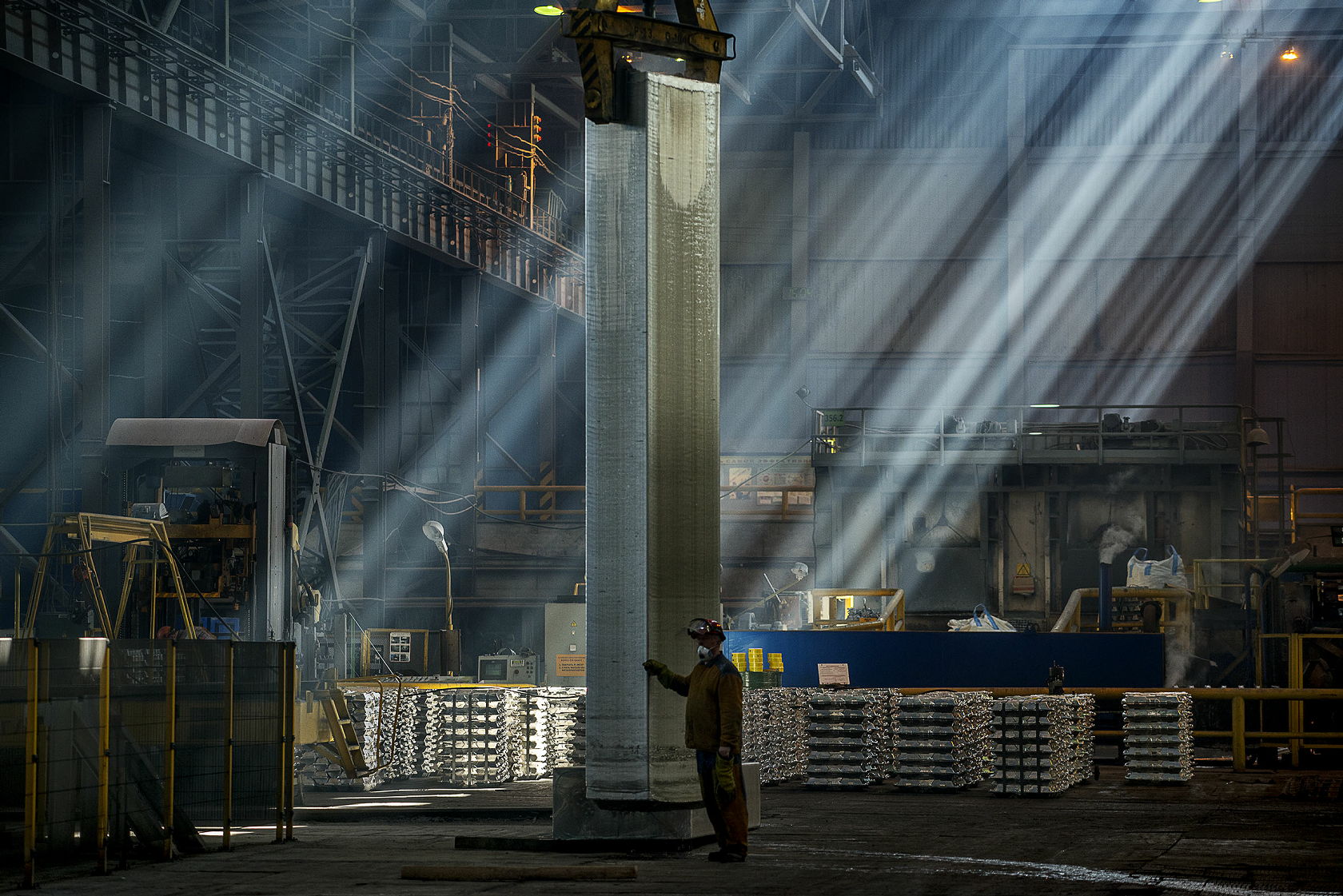 Main characteristics of ceramic foam filter
AL2O3 content: 85 - 90%
Porosity: 75 ... 8%
Sizes: 10 '' ... 26 ’’ (production of the filter under the Customer is possible)
Porosity, PPI: 10 ... 70
Bending Strength: approx. 1.5 MPa
The density of the material: 2.2 g. / cm3
Operating temperature: + 1000 - 1200 оС
Main advantages of the Ceralu filter:
Uniform pore structure
High surface strength (less “snow” in the package)
High operating temperature, up to 1150 ° С
High chemical inertness to reagents. used in foundry and k. aggressive aluminum melts (8xxx alloy)
Cerapor LD series ceramic foam filter has been successfully used for casting aluminum. Cerapor LD series filters can be used to cast all common aluminum casting alloys.
Filters of the Cerapor LD series are made of quartz-based material using silica as a binder, have a density slightly lower than that of liquid aluminum (lower by 0.4 g / cm3), i.e. the filter is always on the surface of the liquid metal.
Main technical data of the Cerapor LD filter:
Filter size: 40 * 40 ... 100 * 100 mm (round - D40 ... D100 mm)
Porosity, PP: I 10 ... 30
Thickness: 22 (15) mm
Special shapes and sizes are available to order.
Main characteristics of ceramic foam filter
AL2O3 content: 85 - 90%
Porosity: 75 ... 8%
Sizes: 10 '' ... 26 ’’ (production of the filter under the Customer is possible)
Porosity, PPI: 10 ... 70
Bending Strength: approx. 1.5 MPa
The density of the material: 2.2 g. / cm3
Operating temperature: + 1000 - 1200 оС
Main advantages of the Ceralu filter:
Uniform pore structure
High surface strength (less “snow” in the package)
High operating temperature, up to 1150 ° С
High chemical inertness to reagents. used in foundry and k. aggressive aluminum melts (8xxx alloy)
Cerapor LD series ceramic foam filter has been successfully used for casting aluminum. Cerapor LD series filters can be used to cast all common aluminum casting alloys.
Filters of the Cerapor LD series are made of quartz-based material using silica as a binder, have a density slightly lower than that of liquid aluminum (lower by 0.4 g / cm3), i.e. the filter is always on the surface of the liquid metal.
Main technical data of the Cerapor LD filter:
Filter size: 40 * 40 ... 100 * 100 mm (round - D40 ... D100 mm)
Porosity, PP: I 10 ... 30
Thickness: 22 (15) mm
Special shapes and sizes are available to order.
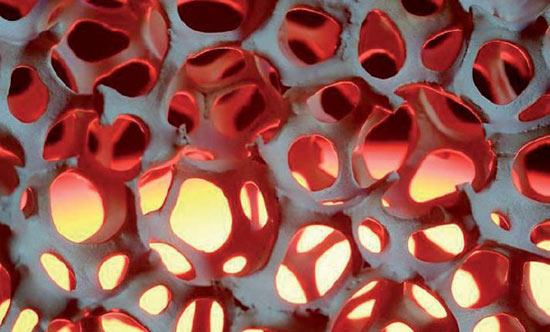 Kin Ceramic Filters Company Short description
Zirconium is the most famous advanced ceramic material widely used in automotive, petrochemical, fluid control, transmission materials, industrial, electrical and electronic, and semiconductor.
Sapphire is a single crystal alumina.
The ceramic foam filter is a highly efficient molten metal filter.
The three-dimensional structure of the mesh skeleton and its high porosity make it have many advantages, a large slag collection area, a large internal filtration area, low flow resistance, and good filtration effects.
Kin Ceramic Filters Company Characteristics
1. Purification of molten metal fluid, simplified gating system
2. Improve the metallurgical structure of castings and reduce the performance of castings
3. Improve the quality of castings and reduce the internal defects of reoxidation of castings
4. Reduce surface defects after casting
Kin Ceramic Filters Company Short description
Zirconium is the most famous advanced ceramic material widely used in automotive, petrochemical, fluid control, transmission materials, industrial, electrical and electronic, and semiconductor.
Sapphire is a single crystal alumina.
The ceramic foam filter is a highly efficient molten metal filter.
The three-dimensional structure of the mesh skeleton and its high porosity make it have many advantages, a large slag collection area, a large internal filtration area, low flow resistance, and good filtration effects.
Kin Ceramic Filters Company Characteristics
1. Purification of molten metal fluid, simplified gating system
2. Improve the metallurgical structure of castings and reduce the performance of castings
3. Improve the quality of castings and reduce the internal defects of reoxidation of castings
4. Reduce surface defects after casting